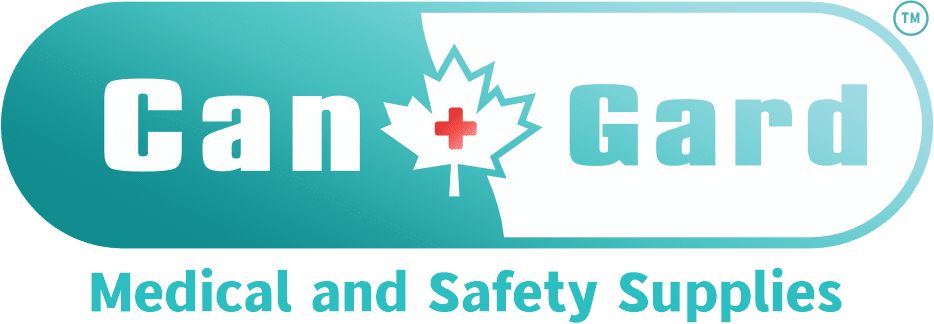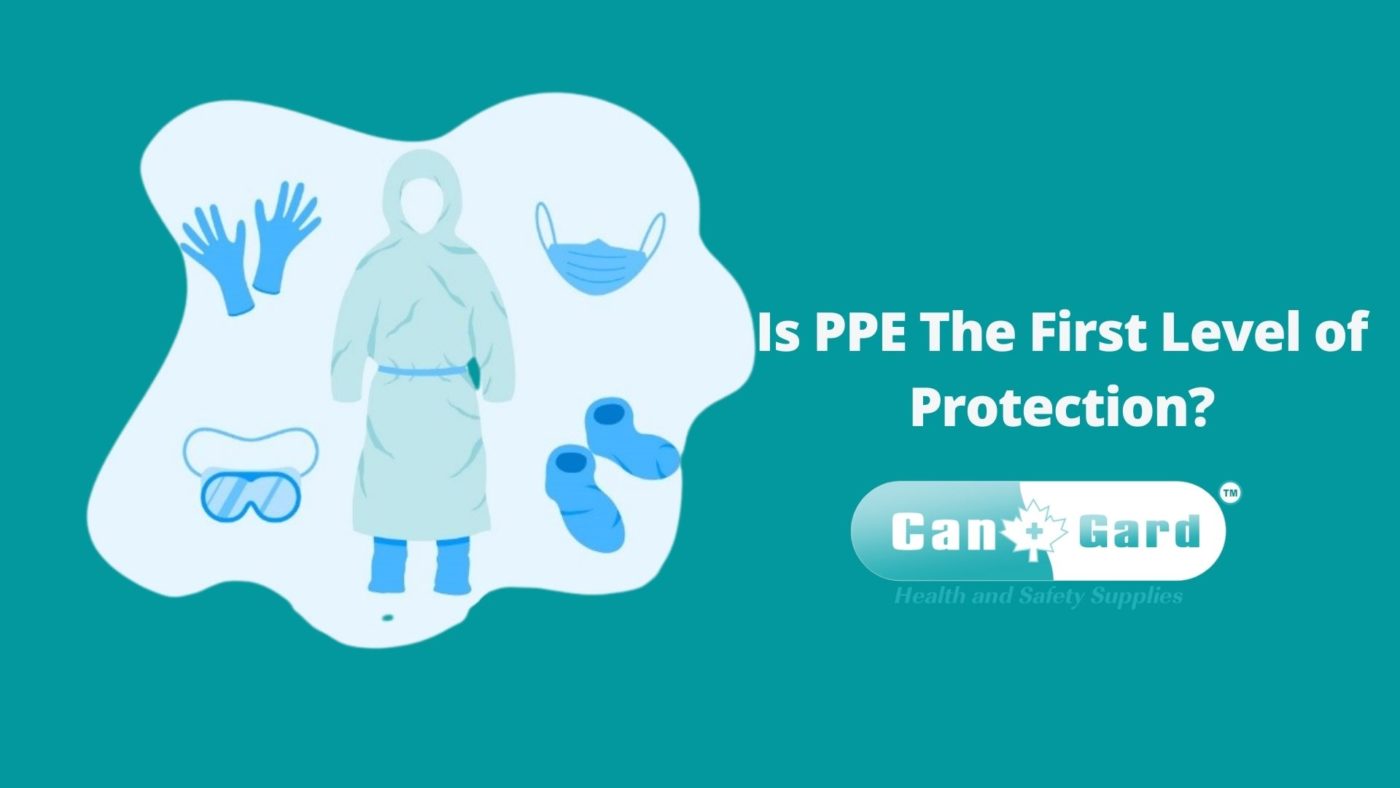No products in the cart.
First Aid/PPE
Is PPE The First Level of Protection? A Comprehensive Guide to Personal Protective Equipment
PPE stands for Personal Protective Equipment, and it’s a measure to protect workers from injury or illness due to contact with chemical, biological, or physical agents. It’s often considered the first level of protection, with special clothing worn on your skin to reduce exposure to hazards during work activities like working with chemicals.
What is PPE, and How Does it Work?
PPE is defined as “Personal Protective Equipment.” PPE can be anything from a hard hat to a respirator. PPE is what everyone needs when doing any type of task involving chemicals or other hazardous materials. This means wearing gloves, goggles, face shields, and so on when working with potentially dangerous substances such as acids or solvents.
PPE should be worn at all times before entering the lab for your workday starts to protect yourself against accidental exposure to hazards during procedures like filling bottles with acid solutions. For example, if you have splashed some solution on your hand, then remove it immediately by washing thoroughly with copious amounts of water and dry thoroughly after each use – do not leave residue on the skin.
What PPE do I Need?
The type of PPE you need depends on what parts of your body are exposed and how close you are going to be handling hazardous materials without protection. It could range from gloves and eye goggles up to full bodysuits.
It also includes protection against electric shock hazards. You should always wear PPE before beginning any work on an oil rig or handling dangerous chemicals in your lab at home.
Before you put on your protective equipment (PPE), make sure that all openings are covered, such as eyes, nose, and mouth; hands; arms below the elbows; head, including hair and ears, because these parts of the body will come into direct contact with hazardous substances during use or they may have been contaminated by dangerous substances previously. Other areas where contamination can occur include your body and legs. The length of the pants will depend on what you are wearing over them. Long-sleeve clothing should be used when handling hazardous substances to protect arms, wrists, and hands; long-sleeved chemical protective suits or other types of body protection must be worn for unprotected skin exposure to chemicals such as acids, bases, corrosives, and oxidizers.
Classifying PPE
PPE is usually classified into two categories: personal (clothing) and respiratory because these items are intended to cover more than one part of your body. Personal includes gloves, eye protection; face shields; ear muffs/plugs; headgear, including hats with a hood that form a seal outside the suit collar so no vapours can get in from the neck up.; aprons to protect the body from splashes and spills; respirators for air-borne substances.
Respiratory covers the nose, mouth, and throat with a filter that removes contaminants from the air we breathe to prevent them from getting into our bodies. It can be either a self-contained breathing apparatus or an airline system that provides clean compressed air through a mask or helmet/hood.
Why Should You Wear PPE?
Wearing PPE is mandatory when working with hazardous substances or in a dirty environment. You need to wear PPE, for example, when you are handling lab equipment that could cause injury if not handled correctly.
PPE should be worn at all times before entering the lab for your workday starts to protect yourself against accidental exposure to hazards during procedures like filling bottles with acid solutions
For example, if you have splashed some solution on your hand, remove it immediately by washing thoroughly with copious amounts of water and dry it thoroughly after each use. Do not leave residue on the skin.
Wearing gloves is also recommended when untangling wires because this can lead to electric shocks, which risk severe injuries due to internal organ damage or death. Similarly, wearing goggles will prevent eye exposure to hazardous material.
And finally, wearing a lab coat will help protect your clothing from any splashes of chemicals or other substances that could cause damage to skin and clothes.
PPE In The Lab
The first level of protection in the workplace is personal protective equipment (PPE), which includes anything used to prevent exposure during laboratory work.
Personal protective equipment should be worn at all times before entering the lab for one’s workday starts to protect oneself against accidental exposure to hazards during procedures such as filling bottles with acid solutions. For example, suppose someone has spilled some solution on their hand. In that case, they must remove it immediately by washing thoroughly with copious amounts of water and drying thoroughly after each use – do not leave residue on the skin.
Wearing gloves is also necessary if you’re working with chemicals, especially acids.
What are the Different Types of PPE?
The different types of PPE include the following:
- Face shield or goggles to protect eyes and face
- Apron for additional protection of clothing such as long sleeves, trousers, etc.
- Gloves; gloves should be worn when handling chemicals – either synthetic latex or nitrile rubber is best, ideally, fit snugly around the fingers so they are not left exposed by wearing too large gloves. Always follow manufacturers’ instructions on how often you need to replace your gloves, and never reuse them. You can also wear an impervious gown for extra protection if safety glasses alone don’t provide enough coverage.
These items may seem like overkill, but it’s better to be safe than sorry! Some hazardous substances can cause both short-term and long-term damage, so don’t think you’ll be able to wash or wipe them away.
If you’re unsure about whether a substance is hazardous, then why not consult the MSDS? These are comprehensive information sheets that detail any hazards of substances and how they can affect your skin. They also offer detailed instructions on what PPE should wear to protect themselves adequately – with this knowledge at hand, it’s even easier for people like us who work outside all day long!
How to Put on a Respirator Mask Properly
Here’s how you can put on a respirator mask properly:
- Check the label of your recommended gas for how to wear it. This will tell you which direction to place the straps and any other instructions, like opening an air inlet valve before breathing through it (to prevent fogging).
- Place the mask over either your nose or mouth – whichever is more comfortable for you.
- Adjust the chin strap so that it sits flat under your jawline with no slack at all. Keep this tight enough that when you inhale, there’s almost no space between where your breath touches and enters into the filter part of the mask (as indicated by arrows).
Tips for Wearing Other Types of Personal Protective Equipment
Here are some tips for making the most of your PPE:
- Wear tight, close-fitting clothing under loose-fitting outerwear. Loosely fitted clothes can trap heat and sweat, making them more uncomfortable to wear over long periods. Tight, close-fitting garments will help you stay warm by trapping body heat.
- Don’t forget about eye protection! You should be wearing a face shield or safety glasses when working with hazardous materials that could cause chemical burns if they splashed into your eyes. Safety goggles are not as protective against chemicals. Still, they offer better vision than ordinary eyeglasses do without risk of breakage due to impact or distortion from sudden changes in temperature or pressure – such as those experienced on airplanes taking off and landing.”
Best Practices for Using PPE in your workplaces
Here are the best practices for using PPE in your workplace:
- Wear a medical mask when working with substances known to cause lung damage, such as lead and asbestos.
- If you have any cuts on your hands or arms, wear gloves, so you’re less likely to infect the wound by coming in contact with it while wearing PPE.
- Drink plenty of fluids before putting on PPE because dehydration can affect your performance level if heat stress becomes an issue.
Find the PPE You Need at CanGard
Here at CanGard Medical and Safety Supplies, we have everything you and your personnel need to stay safe at the worksite. Browse our products today!

